Every year, more than 350,000 people have a cardiac arrest outside of a hospital. Few survive. While many people who have been resuscitated have no memories of the experience, a recent study suggests others recall something, whether it’s a vague sense that people are around them, or more specific dreamlike awareness.
Unlike a heart attack where people are awake and the heart is still painfully beating, those in cardiac arrest are always unconscious. They have no heartbeat or pulse and need CPR urgently. In essence, they have “flat-lined” and are so near death there is no activity on electronic monitors.
What a near-death experience is has never really been defined. Researchers have been trying to explore what’s happening when a patient’s heart stops to see if there are themes or patterns of consciousness.
“There is an assumption that because people do not respond to us physically, in other words, when they’re in a coma, that they’re not conscious, and that’s fundamentally flawed,” said Dr. Sam Parnia, a pulmonary and critical care specialist at NYU Langone Health, and the lead author of the recent study.
To find out more about the experiences of the few survivors who have a sense of consciousness during heart-related near-death events, NBC News connected with participants in the NYU Langone research and others from the Cardiac Arrest Survivor Alliance online community, a program of the Sudden Cardiac Arrest Foundation, and the Near-Death Experience Research Foundation.
They shared what they saw, heard and felt during resuscitation, how their lives changed afterward and what they believe other people should know about death and dying.
“Calm, quiet, peaceful”
Greg Kowaleski, a father of three who lives in Ann Arbor, Michigan, was 47 and playing a pick-up ice hockey game when he collapsed on the rink. Fortunately for Kowaleski, a pediatric cardiologist who is a good friend of his happened to be there, skating for the opposing team.
Dr. Jeff Zampi determined that Kowaleski didn’t have a pulse and immediately began chest compressions. Using an automated external defibrillator, or AED, Zampi was able to shock his friend’s heart back into a normal rhythm.
Although the cardiac arrest was in 2021, Kowaleski still recalls the “incredibly vivid” memory he had while Zampi was resuscitating him. Kowaleski found himself boarding an airplane that was completely empty, the blue seats stretching out in front of him.
“The sun is really bright outside, like a beautiful day and I sit down next to the window in my seat, looking out on the tarmac,” he said.
“As I’m sitting there waiting, I hear somebody call my name,” he said. “It’s my friend Jeff.”
In the memory, Zampi told him he was on the wrong flight and needed to get off. “I got up and I followed him out of the plane,” he said. “And then as we’re getting off the plane, boom! I came back. I woke up.”
Since then, Kowaleski said he’s struggled a little bit with what exactly the experience meant.
“The place where I went, wherever it was, I will say it was extremely peaceful,” he said. “I don’t know that I’ve ever experienced anything so calm, quiet, peaceful.”
What he does know is that he doesn’t really fear death anymore.
“It’s not a scary, bad place to go, wherever I was.”
“There was no gender”
In 2016, Em James Arnold, a parent in New York City, had a cardiac arrest and was revived.
Arnold’s girlfriend started CPR, but the resuscitation lasted 90 minutes and required nine defibrillator shocks. A combined team of FDNY firefighters and FDNY emergency medical services crews responded to the 911 call, which was made by Arnold’s 12-year-old daughter.
During the near-death experience, the cardiac arrest survivor — who was assigned male at birth and now prefers they/them pronouns — had a profound and life-changing memory.

Arnold remembers traveling feet-first over an expanse of water, floating on what seemed to be a stone-like surface. Overhead was an endless sky, and Arnold felt completely safe, free of fear, and neither male nor female.
Arnold, now 53, has had gender dysphoria since about the age of 3 or 4, although they didn’t always know there was a name for the feeling that one’s gender identity doesn’t match the one registered at birth.
“For me, that was like a lifelong puzzle,” Arnold said. “And then, when I go into cardiac arrest and I’m in that water, there was no gender, so there was no assignment there. It allowed me to embrace that of myself.”
After waking from a three-day coma and a long hospitalization, doctors gave Arnold an implantable cardioverter-defibrillator, or ICD, a battery-operated implanted device that can shock the heart if necessary. Two years later they had surgery to repair a damaged heart valve.
After the experience, Arnold began emerging out and presenting as mixgender/transgender and, soon after, married their girlfriend.
“She’s the one who walked me through this, as she constantly says to me, be yourself, be yourself, just be yourself,” Arnold said. “That’s the hardest thing for anybody to do.”
The couple has a new baby, now 8 months. The cardiac arrest “helped me understand that gender is nothing,” Arnold said.
Like opening your eyes in a cave
Zach Lonergan, a 32-year-old scientist who lives in Pasadena, California, was regularly logging 15- to 18-mile runs with his friends as they prepared for the Los Angeles Marathon.
As part of the training, they all decided to run the Rose Bowl Half Marathon.
“We’re like, oh, 13 miles for a half marathon is no big deal,” Lonergan said.

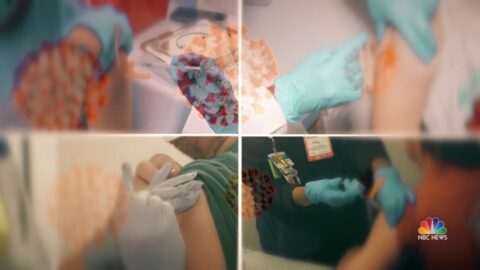
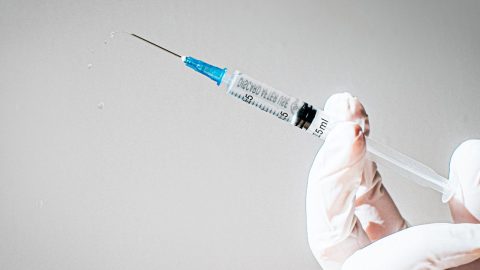

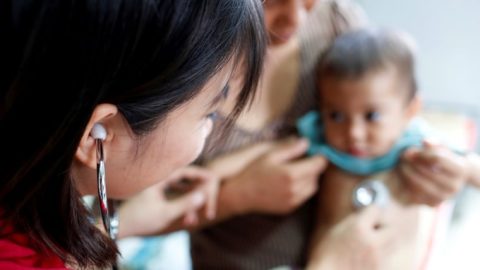

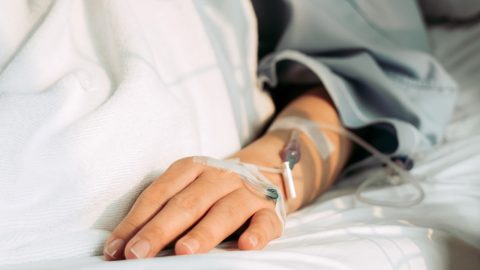
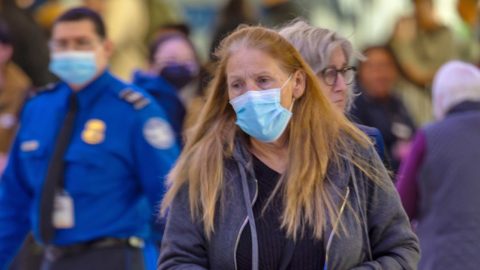
Recent Comments